Home>Furniture & Design>Bedroom Furniture>How To Dry Out A Memory Foam Mattress
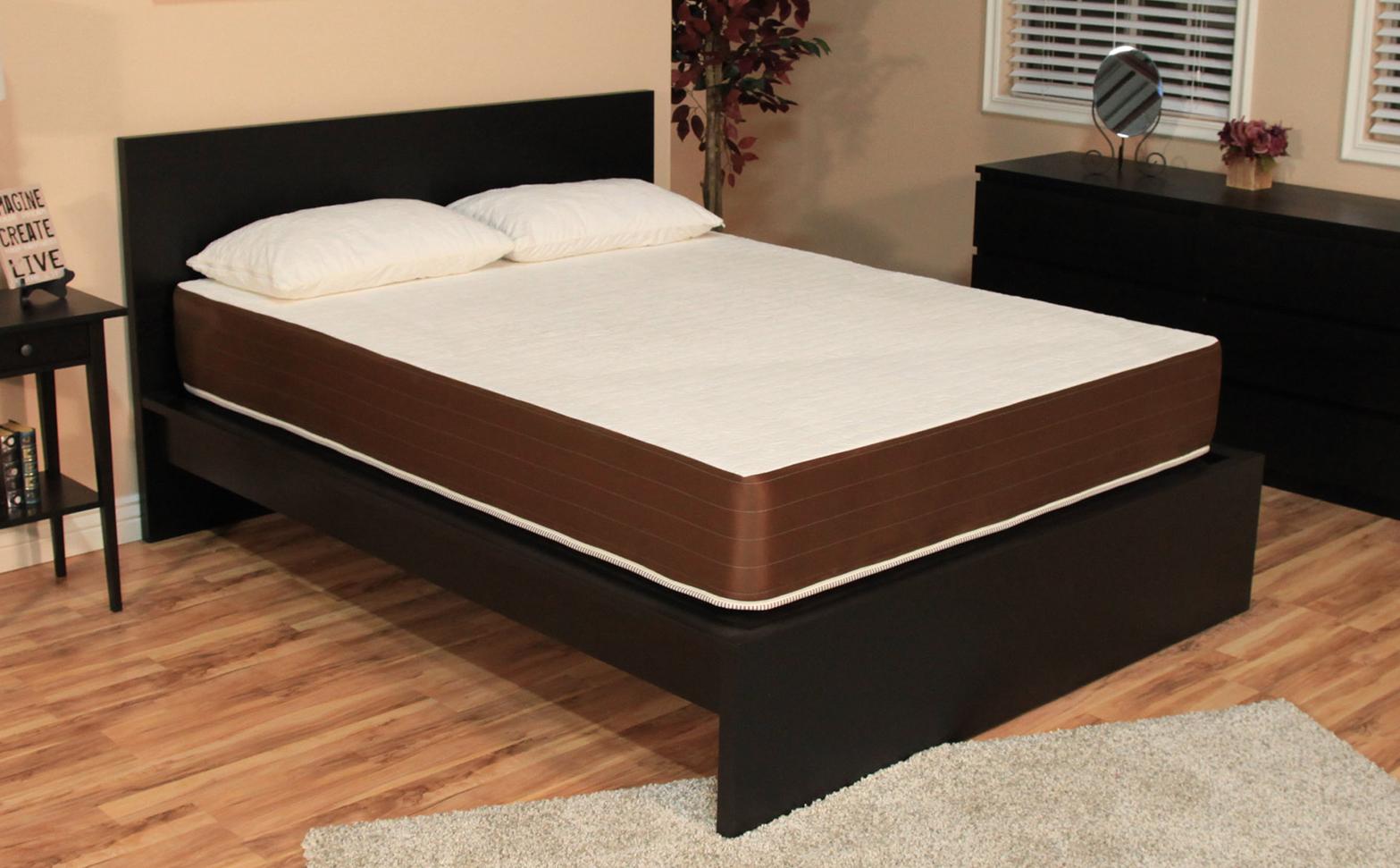

Bedroom Furniture
How To Dry Out A Memory Foam Mattress
Modified: August 17, 2024
Learn how to effectively dry out a memory foam mattress with our expert tips. Protect your bedroom furniture and design with our simple and effective techniques.
(Many of the links in this article redirect to a specific reviewed product. Your purchase of these products through affiliate links helps to generate commission for Storables.com, at no extra cost. Learn more)
Introduction
Welcome to the comprehensive guide on how to effectively dry out a memory foam mattress. Whether you spilled a drink, encountered a leak, or simply need to freshen up your mattress, it's crucial to address moisture promptly to prevent mold, mildew, and unpleasant odors.
Memory foam mattresses are renowned for their exceptional comfort and support, but they require special care when it comes to drying them out. Unlike traditional innerspring mattresses, memory foam is highly absorbent and can retain moisture, making it essential to follow the proper steps for drying without compromising its integrity.
In this article, you will learn a series of practical and proven methods to remove moisture from your memory foam mattress and restore it to its optimal condition. From the initial steps of removing bedding to the final stage of allowing the mattress to air dry, each technique is designed to safeguard the quality and longevity of your investment.
By following these steps, you can effectively address moisture-related issues and maintain a clean, hygienic sleeping environment. Let's dive into the process of rejuvenating your memory foam mattress and reclaiming its comfort and freshness.
Key Takeaways:
- To dry out a memory foam mattress, remove bedding, absorb moisture with towels or a vacuum, and use a fan or air conditioner to speed up the drying process. Finish by applying baking soda and allowing the mattress to air dry completely.
- By following the steps to remove moisture and enhance airflow, you can restore your memory foam mattress to its optimal condition. This proactive approach safeguards its longevity and ensures a clean, fresh sleeping environment.
Read more: How Long To Air Out A Memory Foam Mattress
Step 1: Remove all Bedding and Covers
The first crucial step in drying out a memory foam mattress is to strip away all bedding and covers. This includes sheets, mattress protectors, and any other items that may have come into contact with the moisture. By removing these components, you allow the mattress to breathe and expedite the evaporation process.
Once the bedding and covers are removed, carefully inspect them for any signs of moisture. If they are damp or wet, it is essential to launder or dry-clean them before placing them back on the mattress. This precaution ensures that no residual moisture is reintroduced to the mattress, preventing potential issues such as mold or mildew growth.
Additionally, if the mattress protector or any other waterproof barriers are soiled or damp, follow the manufacturer’s instructions for proper cleaning and drying. This proactive approach helps maintain the protective properties of these covers, preserving the integrity of your memory foam mattress.
By removing the bedding and covers, you create an optimal environment for the subsequent steps in the drying process. This initial action sets the stage for effectively addressing the moisture within the mattress, safeguarding its cleanliness and structural integrity.
Step 2: Absorb Excess Moisture
After removing the bedding and covers, the next step is to focus on absorbing the excess moisture from the memory foam mattress. This is a critical phase in the drying process, as it helps prevent the accumulation of moisture within the mattress, mitigating the risk of mold and mildew development.
To begin, gently press clean, dry towels onto the damp areas of the mattress. The towels will absorb a significant amount of moisture, aiding in the initial extraction of water from the foam. It’s important to apply gentle pressure without rubbing or agitating the foam, as this could potentially push the moisture further into the mattress.
If the moisture is more widespread or the mattress has been significantly saturated, consider using a wet/dry vacuum with a handheld attachment to extract the excess water. This method allows for thorough extraction and can be particularly effective for larger spills or leaks.
For stubborn or deeply embedded moisture, sprinkle a generous amount of cornstarch or baking soda onto the damp areas. These powders have absorbent properties that can help draw out the remaining moisture from the foam. Allow the powder to sit for several hours to absorb the moisture, and then carefully vacuum it off using a soft brush attachment.
By diligently absorbing the excess moisture from the memory foam mattress, you mitigate the risk of prolonged dampness, which can compromise the structural integrity of the foam and create an environment conducive to microbial growth. This proactive approach sets the stage for the subsequent steps in the drying process, ensuring thorough moisture removal.
Step 3: Use a Fan or Air Conditioner
Once the excess moisture has been absorbed from the memory foam mattress, the next step is to expedite the drying process by utilizing airflow. Proper air circulation is instrumental in facilitating the evaporation of residual moisture, thereby promoting a quicker and more thorough drying outcome.
One effective method is to position a portable fan near the mattress to encourage airflow across the surface. Set the fan to a medium or high speed to maximize air movement, and aim it directly at the damp areas. This constant flow of air accelerates the evaporation of moisture, aiding in the restoration of the mattress’s dryness.
If the ambient humidity is high, using a dehumidifier in conjunction with the fan can further enhance the drying process. A dehumidifier helps reduce the overall moisture content in the surrounding air, creating a more favorable environment for drying the mattress effectively.
Alternatively, if the climate permits, opening windows and using natural ventilation can also contribute to the drying process. Fresh air circulation can promote evaporation and help dissipate residual moisture from the mattress.
In warmer weather, running an air conditioner in the room can help reduce humidity levels and expedite the drying process. The controlled climate provided by an air conditioner aids in creating an environment conducive to efficient moisture evaporation from the mattress.
By harnessing the power of airflow through fans, dehumidifiers, or natural ventilation, you can significantly expedite the drying process of a memory foam mattress. These methods work synergistically to promote thorough moisture evaporation, ultimately aiding in the restoration of the mattress’s optimal dryness and cleanliness.
To dry out a memory foam mattress, remove all bedding and allow the mattress to air dry in a well-ventilated area. You can also use a fan or dehumidifier to speed up the drying process. Avoid using heat or direct sunlight, as it can damage the foam.
Step 4: Apply Baking Soda
As a versatile and effective odor-neutralizing agent, baking soda serves as a valuable ally in the process of drying out a memory foam mattress. Beyond its deodorizing properties, baking soda also aids in absorbing residual moisture and enhancing the overall freshness of the mattress.
To apply baking soda, sprinkle a generous, even layer over the entire surface of the mattress, focusing on areas that were damp or affected by moisture. The baking soda will work to absorb any remaining moisture while simultaneously combating any lingering odors, leaving the mattress with a renewed sense of freshness.
Allow the baking soda to remain on the mattress for several hours to maximize its moisture-absorbing and deodorizing effects. During this time, the baking soda effectively draws out residual moisture from the foam, contributing to the overall drying process.
After the designated period has elapsed, gently vacuum the mattress using a soft brush attachment to remove the baking soda and any absorbed moisture. This careful vacuuming process ensures that the baking soda, along with the moisture it has absorbed, is completely extracted from the mattress, leaving behind a clean and refreshed surface.
By incorporating baking soda into the drying process, you not only aid in the removal of residual moisture but also elevate the overall cleanliness and odor profile of the memory foam mattress. This simple yet impactful step contributes to the restoration of the mattress’s optimal condition, providing a fresh and inviting sleeping environment.
Read more: How To Get Pee Out Of A Memory Foam Mattress
Step 5: Allow the Mattress to Air Dry
After implementing the previous steps to remove excess moisture and enhance airflow, the final stage in the process of drying out a memory foam mattress is to allow it to air dry completely. This crucial step ensures that any remaining moisture evaporates, leaving the mattress thoroughly dry and ready for use.
Position the mattress in a well-ventilated area with ample airflow and minimal humidity. Ideally, place it in a room with consistent air circulation and moderate temperature to facilitate the drying process. Avoid direct exposure to sunlight or heat sources, as excessive heat can potentially damage the memory foam.
Throughout the air-drying period, periodically check the mattress for any signs of lingering moisture or dampness. Gently press your hand on different areas of the mattress to assess its dryness. If any residual moisture is detected, continue to allow the mattress to air dry until it reaches an optimal state of dryness.
The duration required for air drying can vary based on factors such as ambient humidity, airflow, and the extent of initial moisture. It’s essential to exercise patience and allow the mattress ample time to dry thoroughly, ensuring that no moisture remains trapped within the foam.
Once the mattress is completely dry to the touch and free of any residual moisture, you can confidently reintroduce bedding and covers, readying it for future use. The thorough air-drying process culminates in the restoration of the mattress’s pristine condition, free from the effects of moisture and conducive to a comfortable and hygienic sleep environment.
By allowing the memory foam mattress to air dry, you complete the comprehensive process of removing moisture and rejuvenating its integrity, ensuring that it is primed for continued use with the assurance of optimal comfort and cleanliness.
Conclusion
Successfully drying out a memory foam mattress is a crucial endeavor that safeguards its longevity, cleanliness, and overall comfort. By following the comprehensive steps outlined in this guide, you can effectively address moisture-related issues and restore your mattress to its optimal condition.
From the initial actions of removing bedding and covers to the final stage of allowing the mattress to air dry, each step plays a pivotal role in the thorough removal of moisture and the preservation of the foam’s integrity. By diligently absorbing excess moisture, harnessing airflow, applying baking soda, and allowing for complete air drying, you ensure that your memory foam mattress remains free from the detrimental effects of moisture accumulation.
Moreover, beyond the practical aspects of moisture removal, these steps contribute to the overall cleanliness and freshness of the mattress, enhancing the sleeping environment and promoting a hygienic and rejuvenating restorative experience.
By incorporating these proven methods into your mattress care routine, you not only address immediate moisture concerns but also proactively maintain the quality and comfort of your memory foam mattress for the long term. This proactive approach mitigates the risk of mold, mildew, and odors, preserving the investment in your mattress and ensuring a consistently inviting and rejuvenating sleep surface.
As you embark on the journey of drying out your memory foam mattress, remember that patience and thoroughness are key elements in achieving the desired outcome. By dedicating the necessary time and attention to each step, you uphold the integrity of your mattress and set the stage for continued comfort and satisfaction.
With these insights and strategies at your disposal, you are equipped to navigate the process of drying out a memory foam mattress with confidence and efficacy, ensuring that it remains a cherished and rejuvenating component of your sleep environment for years to come.
Frequently Asked Questions about How To Dry Out A Memory Foam Mattress
Was this page helpful?
At Storables.com, we guarantee accurate and reliable information. Our content, validated by Expert Board Contributors, is crafted following stringent Editorial Policies. We're committed to providing you with well-researched, expert-backed insights for all your informational needs.
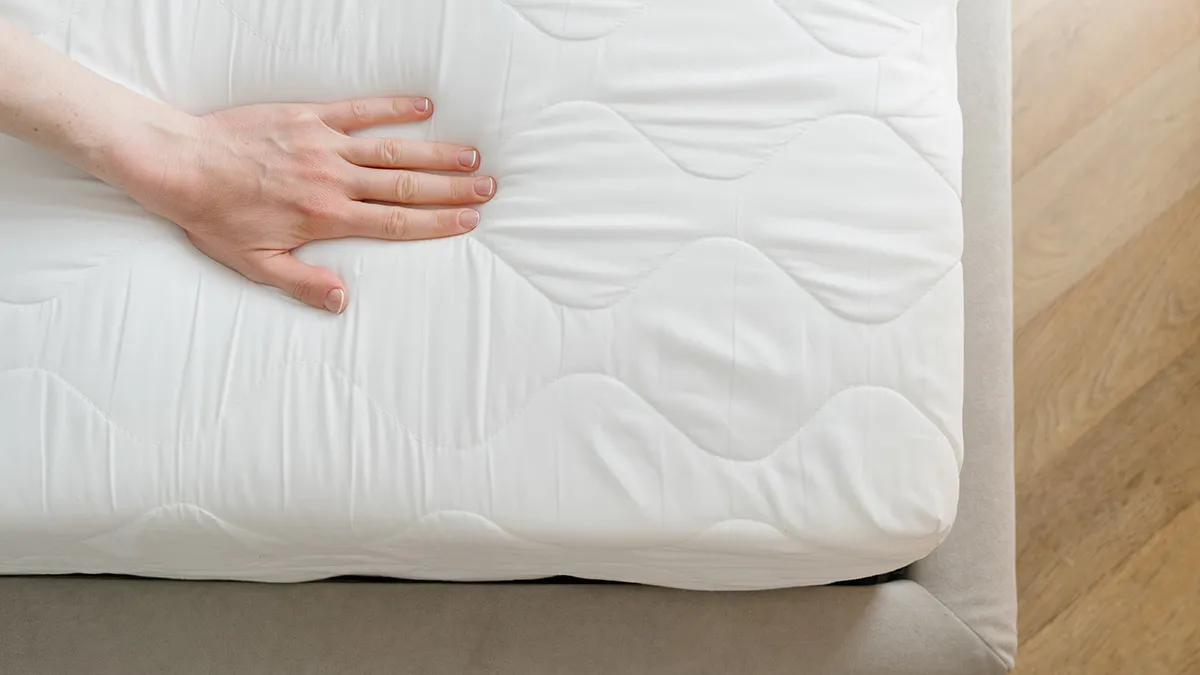
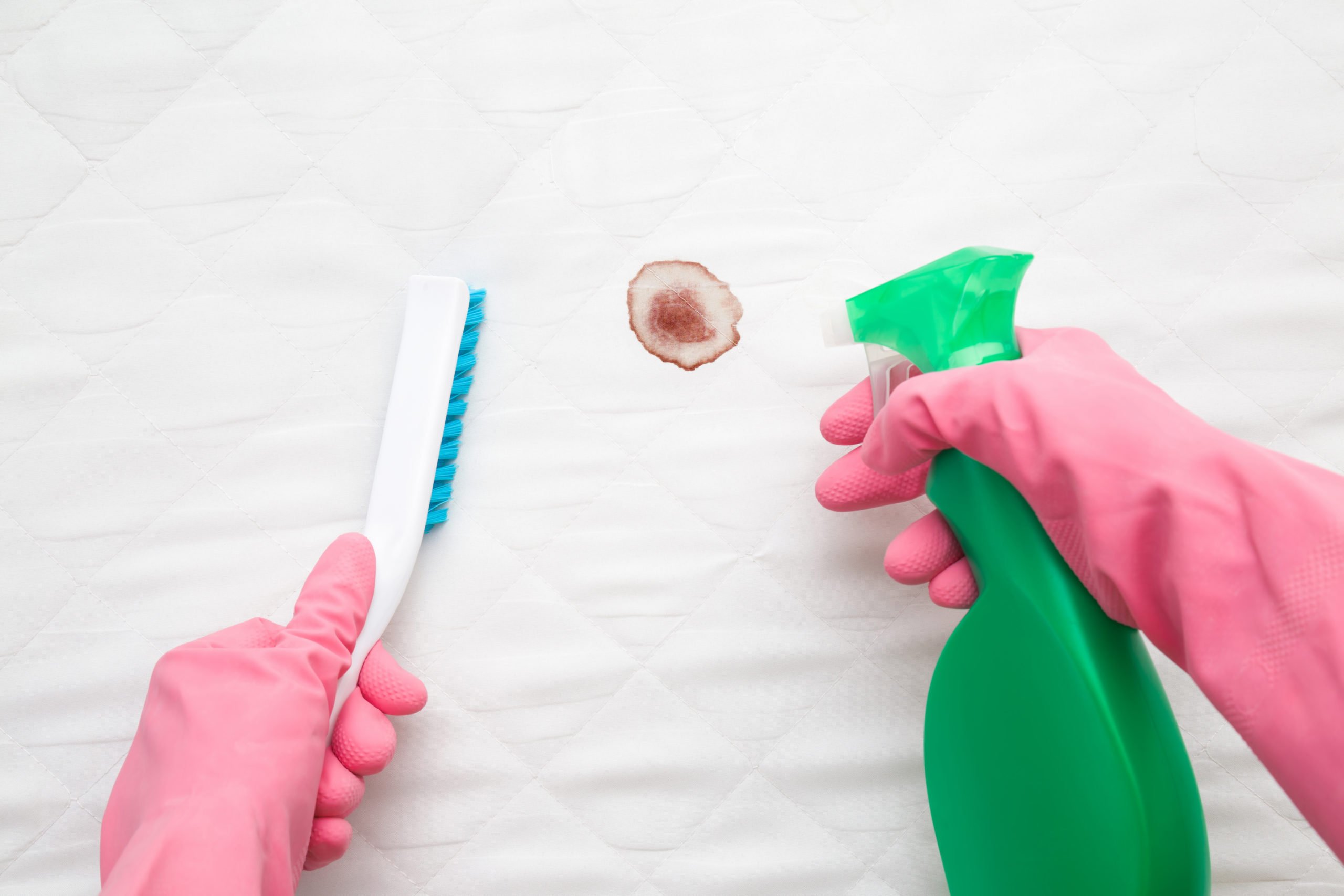

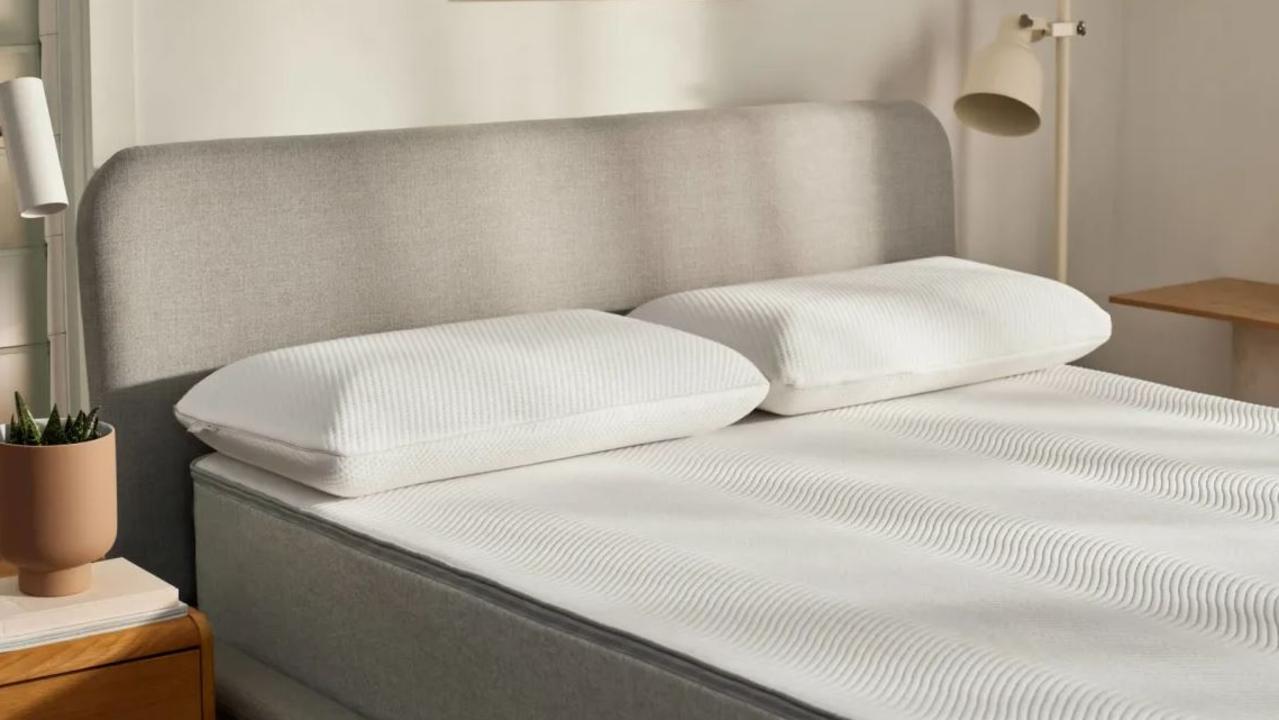
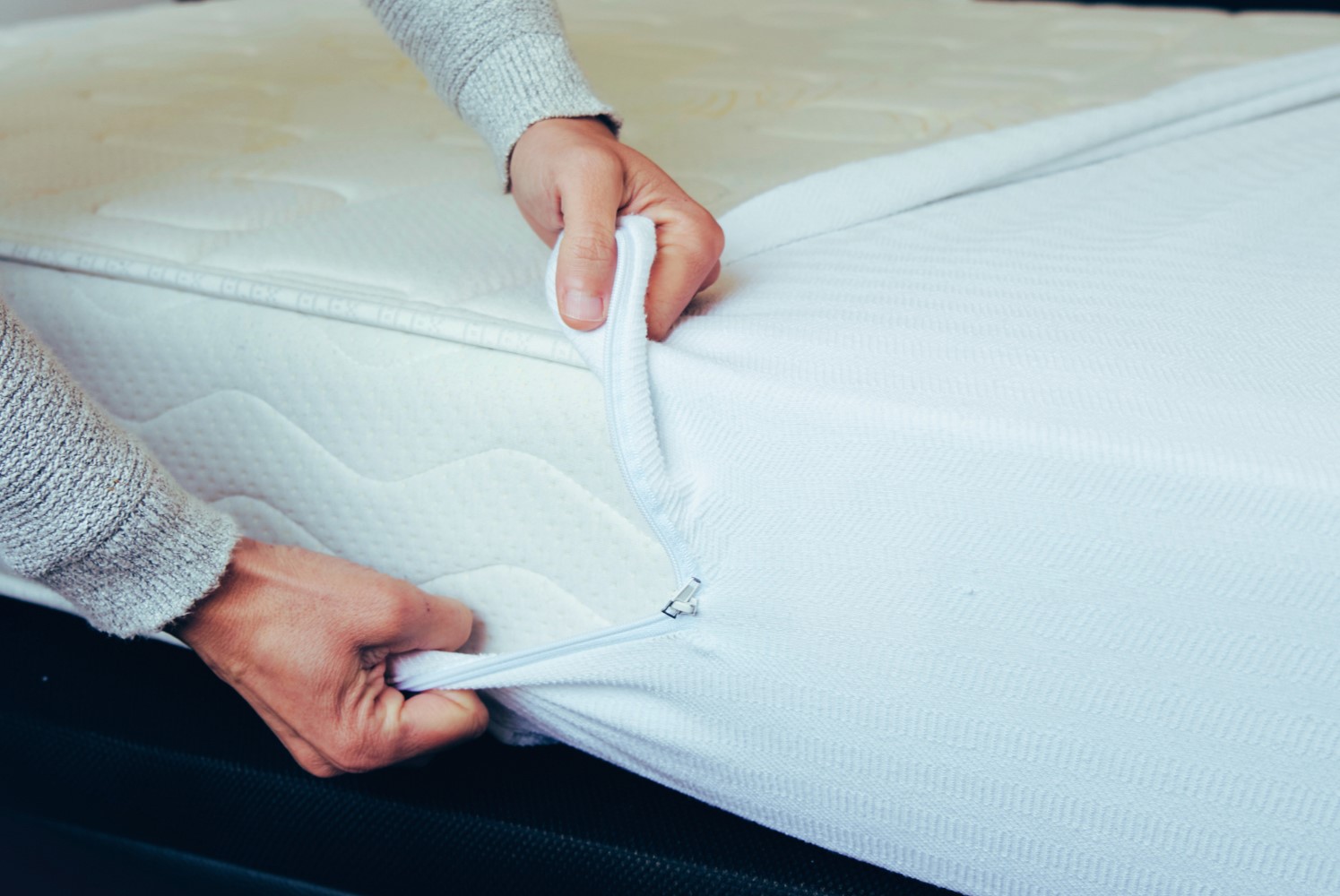
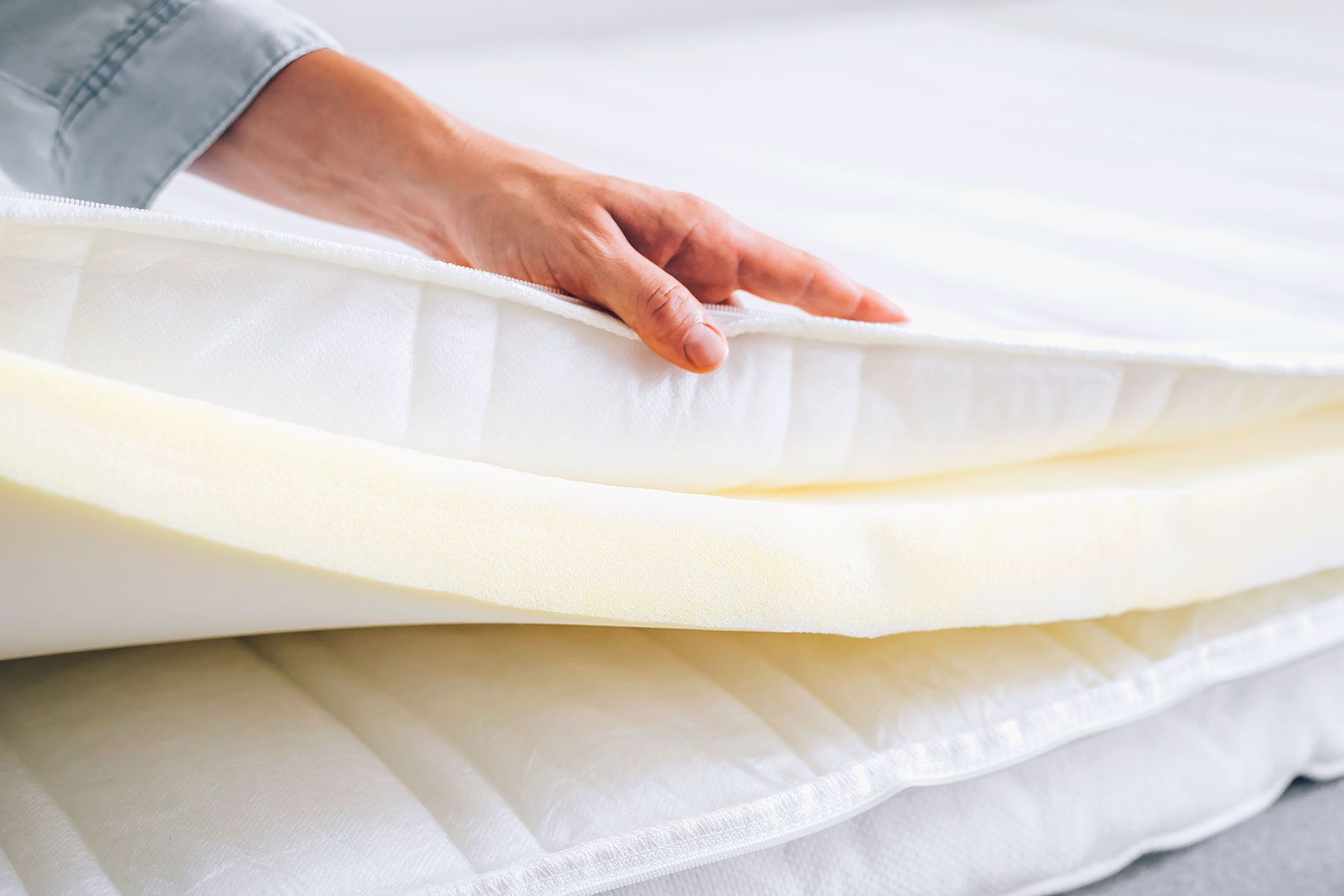
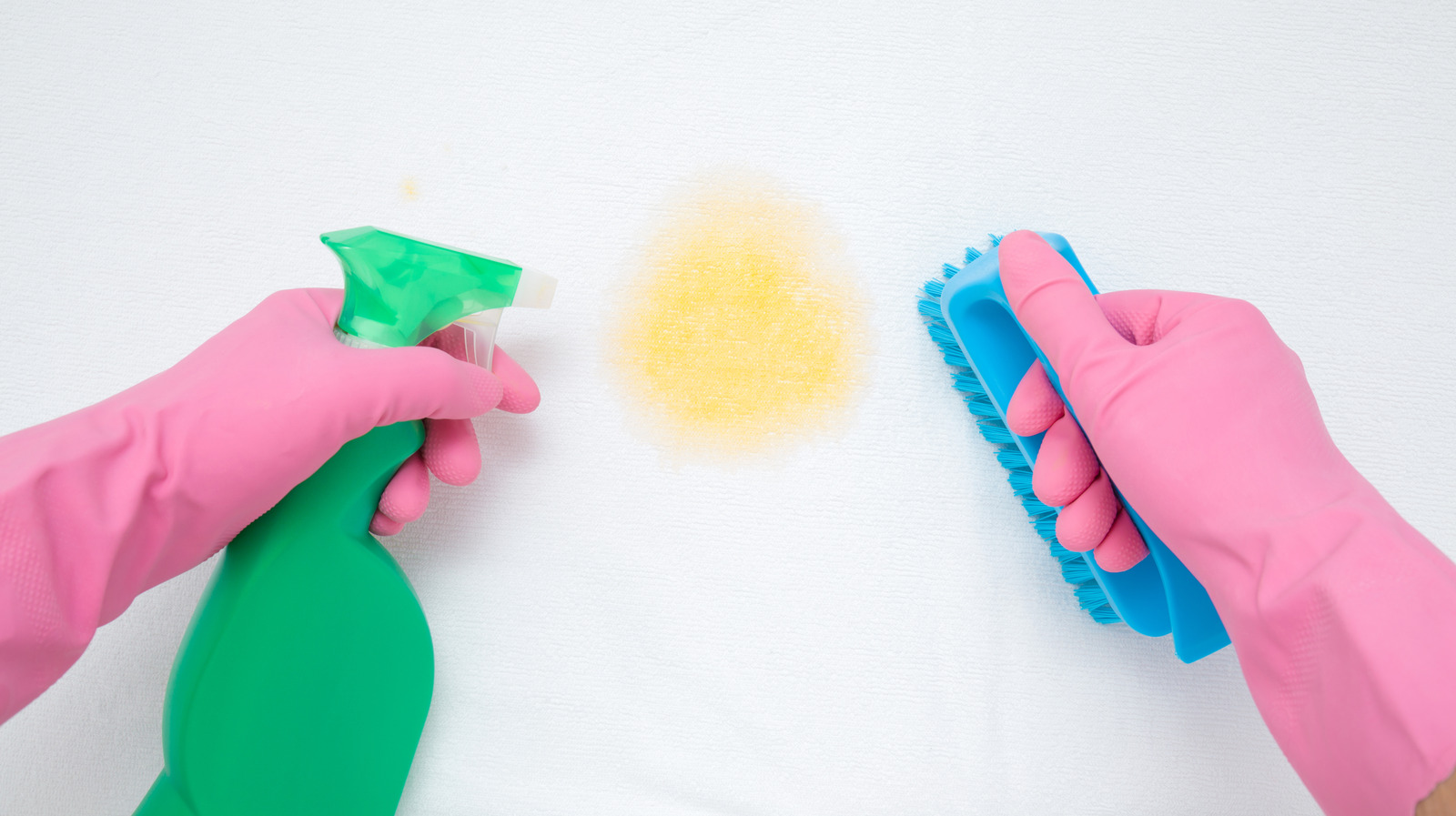
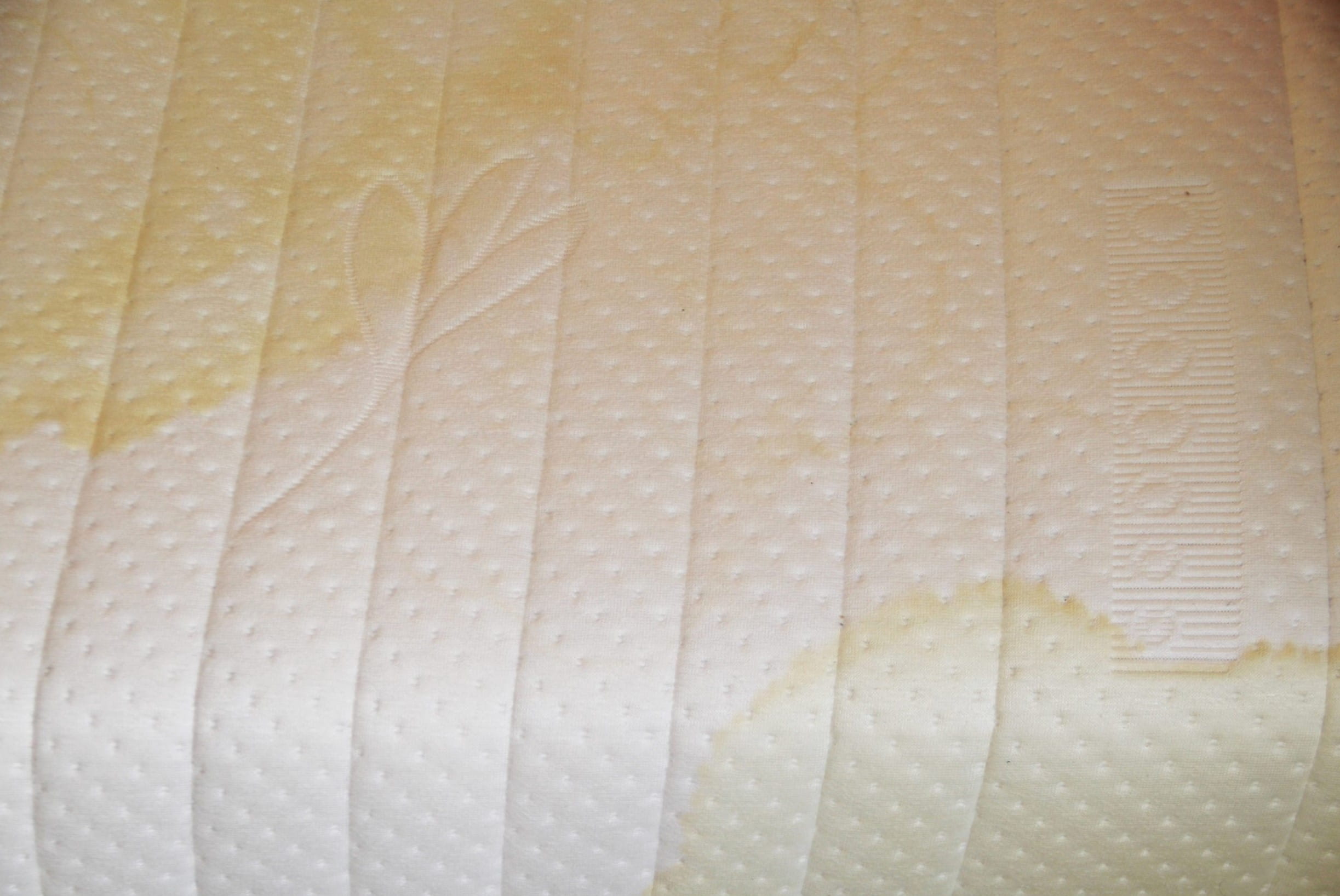



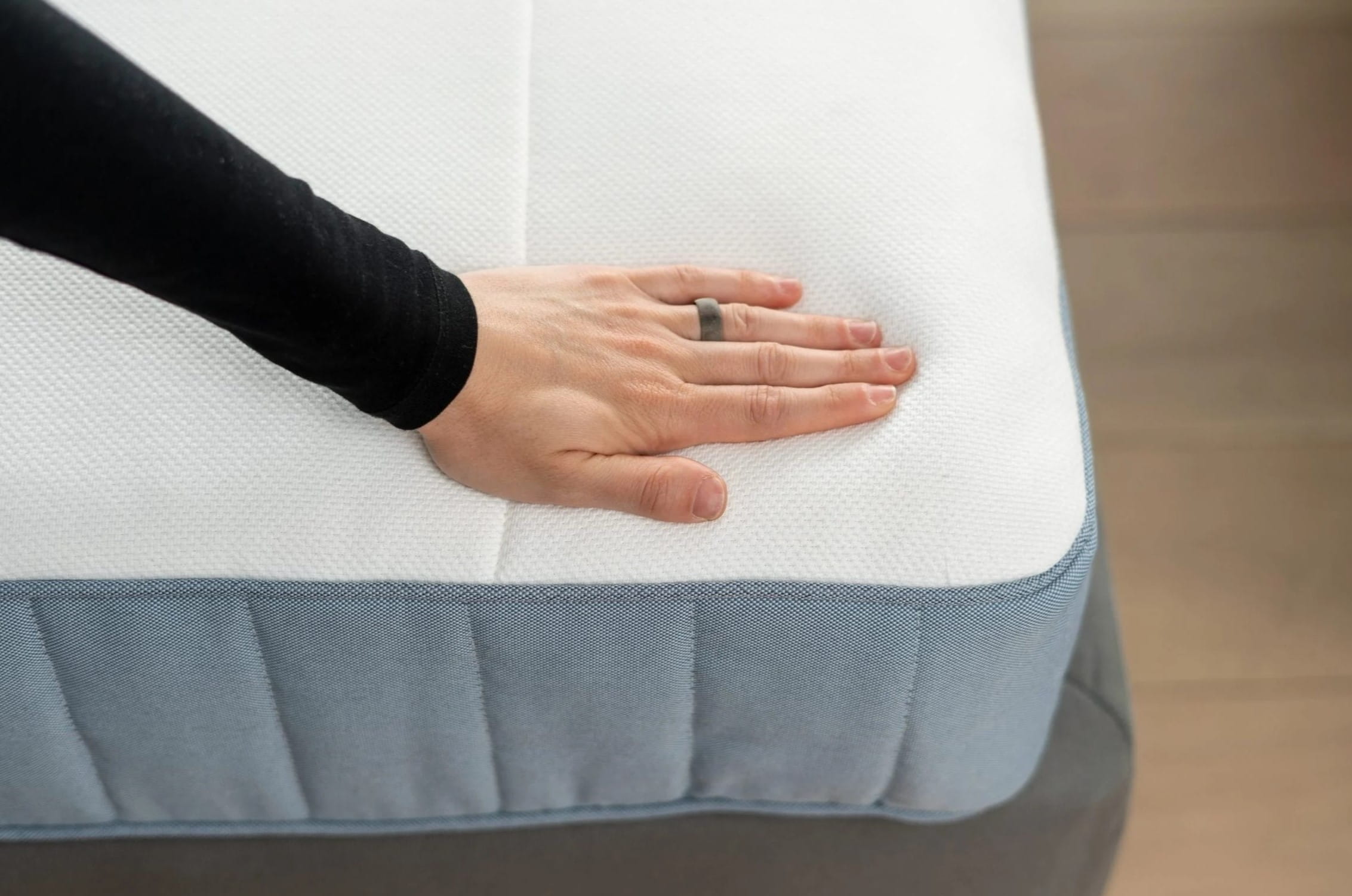

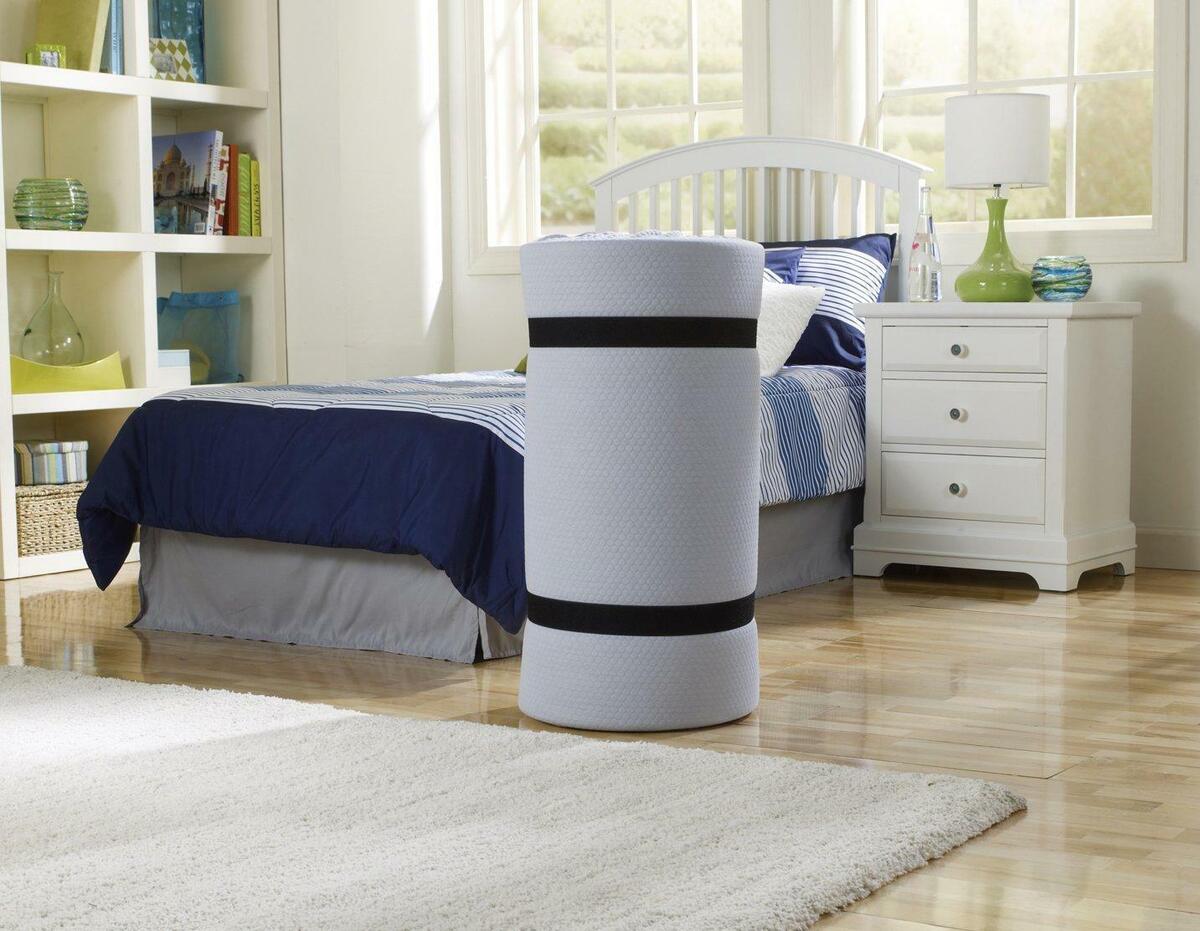

0 thoughts on “How To Dry Out A Memory Foam Mattress”